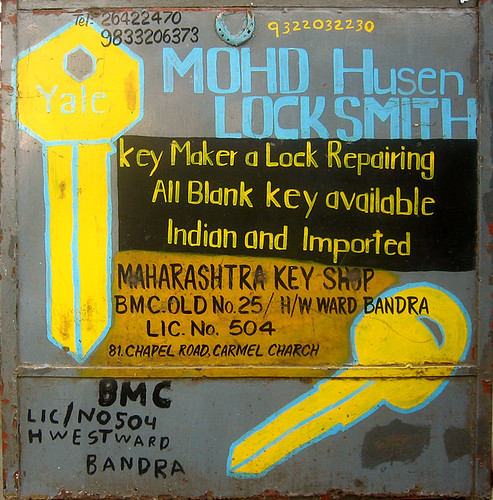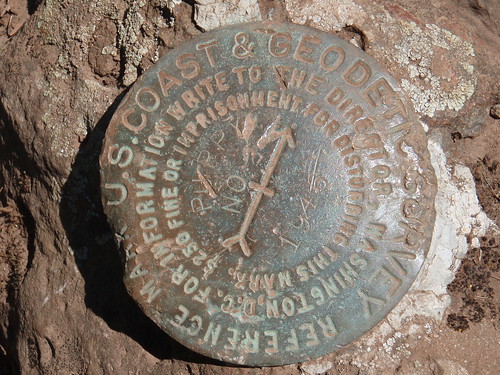Digital Forensics: Who should make the keys?
Posted October 22nd, 2008 by ian99Paraben is a leading vendor for digital forensics products (http://www.paraben.com/). However, within this huge international market, Paraben specializes in digital forensic products for mobile devices such as PDA and phones. Paraben just recently released a very nice product called the Cell Seizure Investigator (CSI) Stick (http://www.csistick.com/index.html).
Aside from the overly-dramatic marketing embedded in the name of the product, this seems to be another solid addition to the Paraben product line. The device is designed to make a forensically correct copy of the data on your mobile phone–including call records, address books, and text messages. The devices look basically like a USB flash memory drive with the addition of an adapter/interface unit.
The copying process is largely automatic and the CSI Stick is quite reasonably priced at $99 -199, depending on the software bundle. The market reaction to this product is also quite positive. My friends in the industry who have used the device consider it an indispensable time-saving device. I can hardly wait until I get my have on one myself. In the past when, I was tasked to recover such data it was much more time consuming and hardware intensive process.
Equally fascinating, is the release (if you can call it that) of a product with a similar form-factor from Microsoft. The product is released on a flash drive and is called COFEE (Computer Online Forensic Evidence Extractor — http://www.microsoft.com/presspass/features/2008/apr08/04-28crantonqa.mspx). Microsoft indicates that COFEE contains 150 commands that facilitate the collection of digital evidence from computers that it is physically connected to. In addition, COFEE can decrypt passwords, and collect information on a computer’s Internet activity, as well as data stored in the computer. Microsoft has indicated that COFEE has been made available to law-enforcement agencies only. And, according to one report, law-enforcement agencies in 15 nations have been provided with the device.
My initial reaction to this news was that it was not an unexpected development and that the announcement would be greeted with inevitable jokes about the need for Microsoft to also release a companion product called DONUTS. In fact, the reaction of the technical press has been largely negative and suspicious. Most of the concerns seem to center on privacy and individual rights. However, there isn’t a single capability associated with COFEE that I have been able to confirm, that doesn’t exist in some other commercial or open-source product. I do wish that I could get my hands on a trial or lender copy of COFFEE so that I could confirm this position.

Locksmith Sign photo by Meanest Indian.
While I admit that I have always been concerned about the safeguarding individual’s civil liberties, I am largely puzzled at the negative reactions. One element of the outcry that I do understand is an emotional one and that centers on the concept that a company that is paid to protect your secrets should not also be selling the tools and techniques to compromise those secrets. On an emotional level this makes sense.
However, the real world is very different. For example, every major automobile manufacturer cooperates with locksmiths to insure that there are low-cost and non-destructive means to circumvent you car locks in the event that you lock you keys in your cars or just loose you car key outright. Without getting into the details of defeating car locks, may automobile manufactures even provide specialized equipment and technical materials directly to locksmiths to facilitate this process.
If there are concerns that Microsoft my be caught in a ethical conflict of interest, we need to look at similar conflicts in other industries, and that’s food for thought.
Similar Posts:
Posted in Rants, Technical |  No Comments »
No Comments »
Tags: forensics • government • infosec • law • privacy • tools
 Posts RSS
Posts RSS





